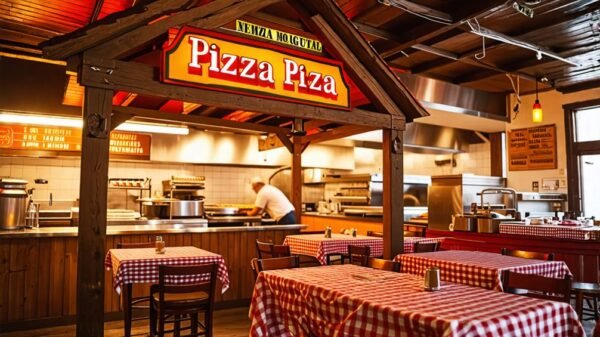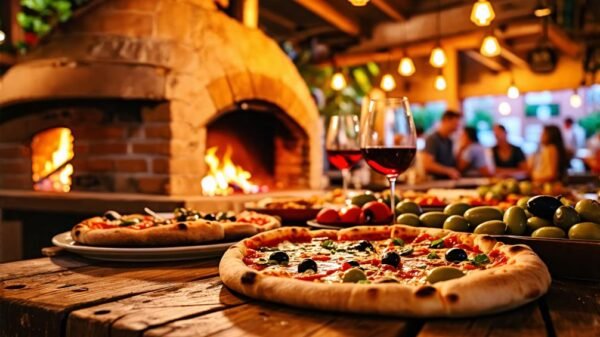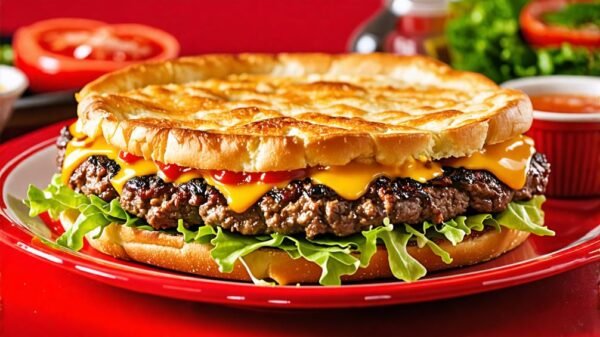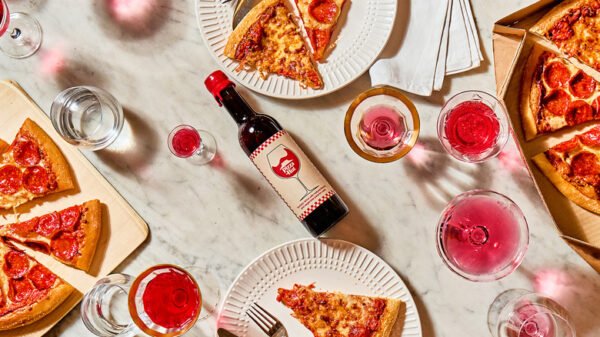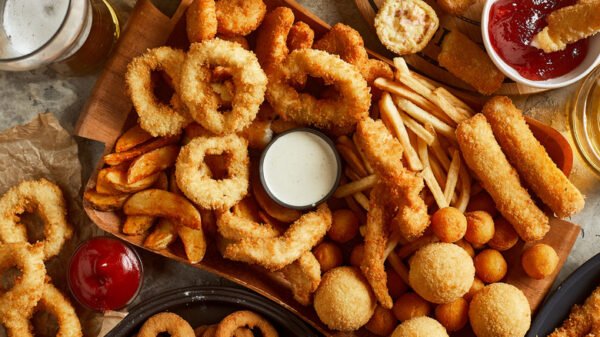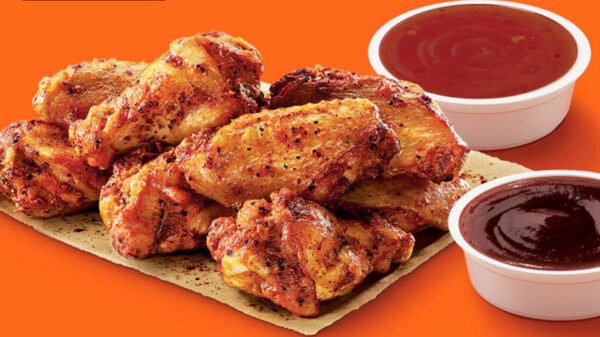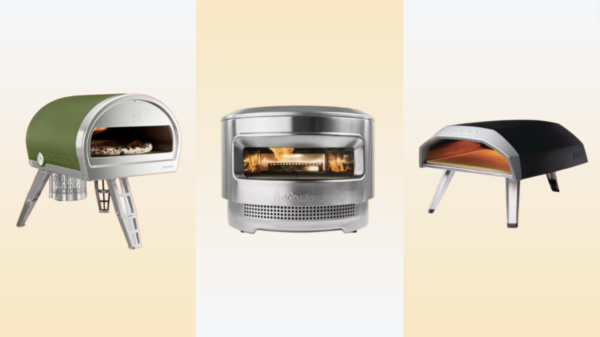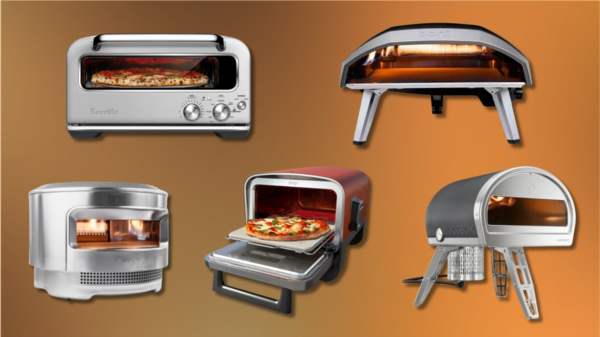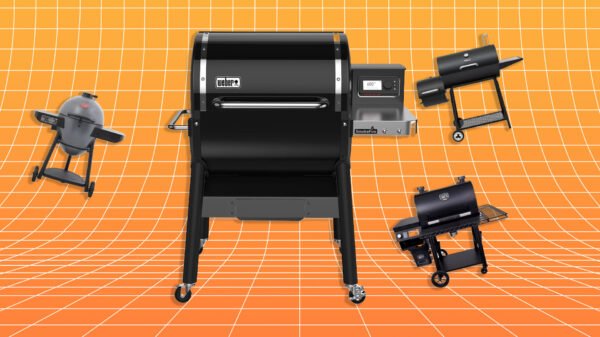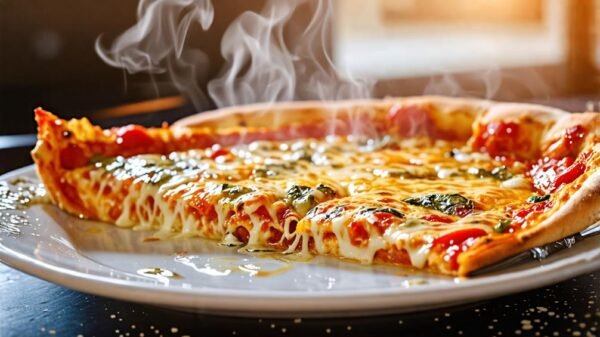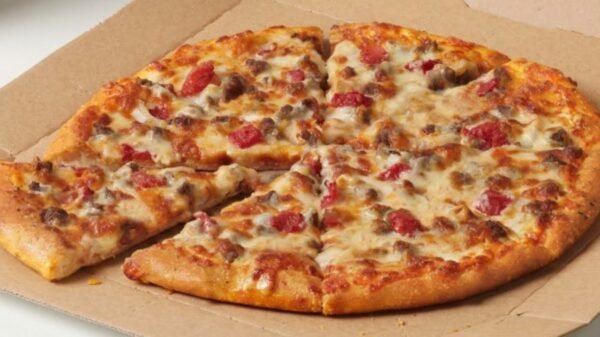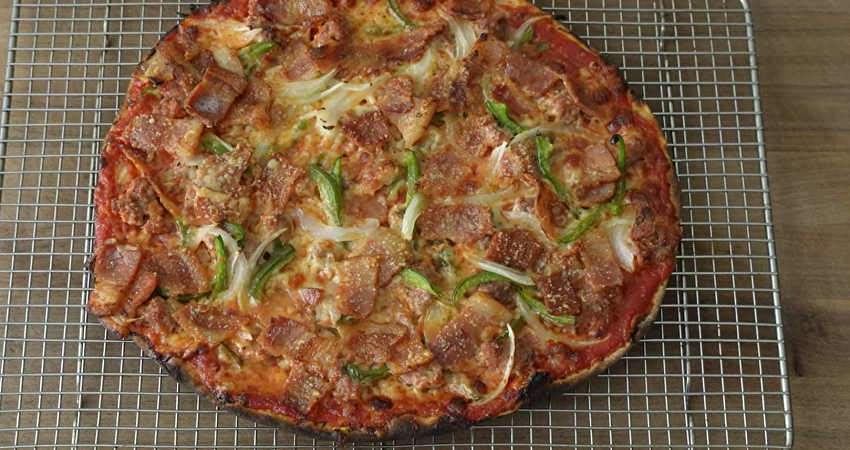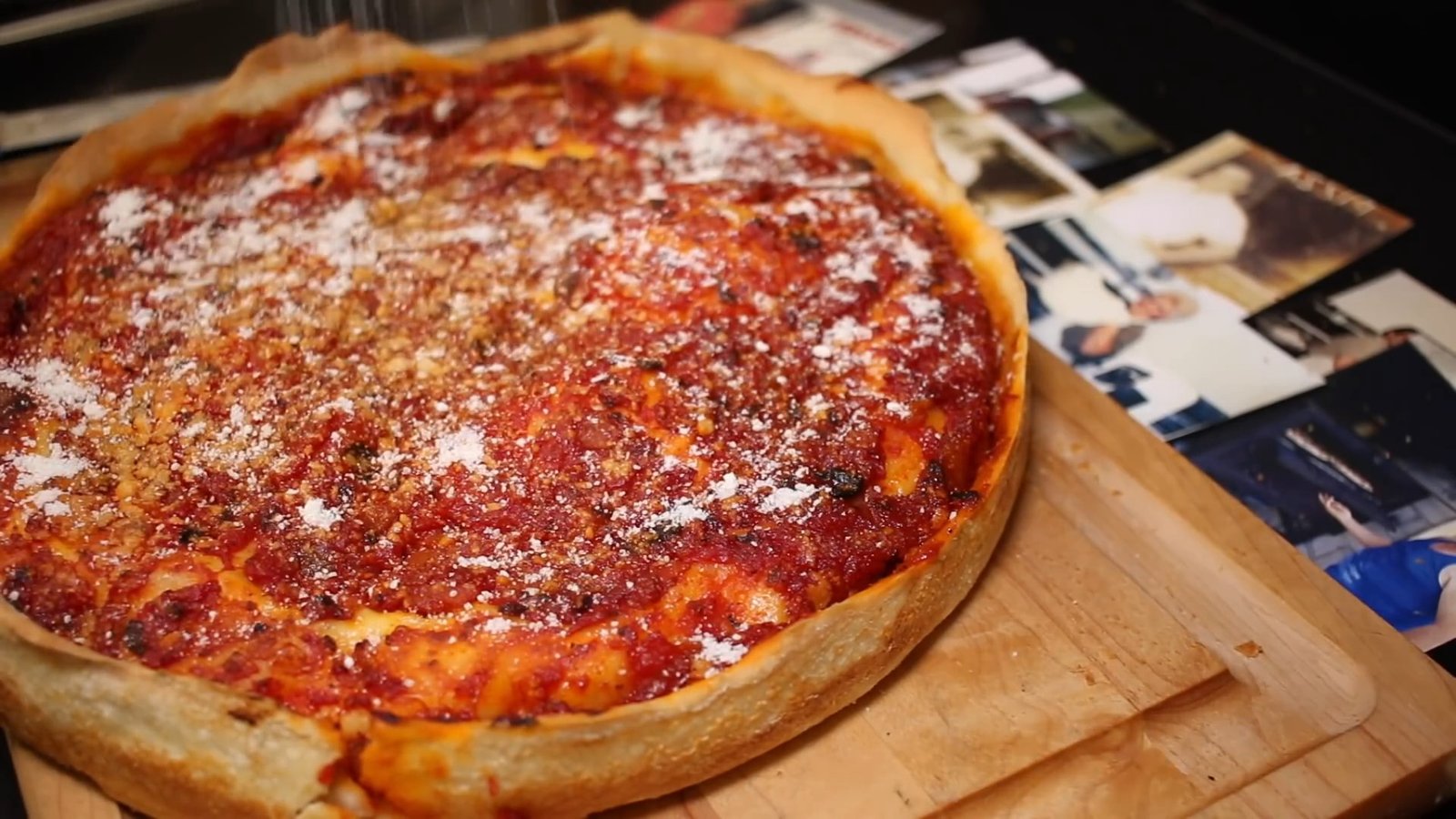Hunt Brothers Pizza: The Unsung Giant of America’s Pizza Chains
When you think of pizza chains in the United States, names like Domino’s and Pizza Hut often come to mind. While they certainly dominate the conversation, there’s a surprising titan lurking beneath the radar: Hunt Brothers Pizza. With around 9,700 locations, it outshines its competitors by focusing on underserved markets and leveraging existing establishments like gas stations to provide delicious pizza. Let’s explore this unique yet successful pizza empire.
A Backstory Rooted in the Midwest
Hunt Brothers Pizza’s story begins in the 1960s. In Evansville, Indiana, four siblings—Don, Lonnie, Jim, and Charlie Hunt—established Pepe’s Pizza, supplying delicious pies to local establishments, from bowling alleys to drive-in theaters. In 1991, these brothers reunited to form Hunt Brothers Pizza in Nashville, Tennessee, and unlike the industry giants, their strategy was unlike any other.
This pizza chain doesn’t rely on building free-standing restaurants. Instead, it strategically places its pizza counters inside gas stations and convenience stores, particularly in rural areas where other chains are often absent. This offers a unique advantage: providing quick and tasty meals to on-the-go customers in locations they frequent anyway.
Innovative Business Model
What separates Hunt Brothers from the pack is its innovative, low-risk business model. Unlike most chains, Hunt Brothers eschews traditional franchising fees, advertising costs, and royalty payments. How do they operate? They offer essential equipment to convenience stores and gas stations for around $10,000, enabling those businesses to sell pizzas alongside their regular offerings without breaking the bank.
Furthermore, Hunt Brothers takes pride in a flexible partnership. There are no contracts tying operators to their service; if they choose to drop out, they can do so with ease. This stands in stark contrast to franchises like Subway, where the lack of protected territories often leads to failures. Hunt Brothers gives its operators a secure sense of market stability by ensuring they each have their own protected area.
Strategic Market Expansion
While Hunt Brothers Pizza boasts thousands of locations, their reach is concentrated in certain regions, primarily across the Southern and Midwestern United States. They currently don’t operate on the West Coast or in New England, which might seem like a limitation. However, this focused strategy has allowed them to build deep connections with local cultures and communities.
One of their major marketing strategies includes significant involvement in NASCAR. By sponsoring teams and drivers, they have aligned themselves closely with Southern culture, enhancing brand visibility in a region where motor racing is extremely popular. This clever marketing approach helps them stand out in the crowded food market.
Quality Over Quantity
Hunt Brothers may not achieve the same explosive revenue figures as competitors like Domino’s or Pizza Hut, but they have cultivated a resilient business model that puts the needs of franchisees first. Their focus on underserved markets, combined with a beneficial partnership structure, allows them to maintain a steady stream of operations without oversaturation.
It’s a refreshing departure from the pitfalls that often befall fast-food franchises, where high overhead and franchise fees can lead to failure. Hunt Brothers’ simple yet effective approach is a reminder that success doesn’t always require a vast marketing budget or nationwide presence.
A Sustainable Future
As Hunt Brothers Pizza grows, it embodies an important lesson about resilience and adaptability. The combination of its unique business model and an understanding of local markets positions it for long-term success. This pizza chain emphasizes the significance of community engagement and the creativity necessary to thrive in a competitive environment.
In the ever-changing landscape of fast food, Hunt Brothers Pizza might just be the giant that doesn’t get the attention it deserves. With the right balance of quality, accessibility, and community involvement, it’s poised to continue making its mark—a slice at a time.


